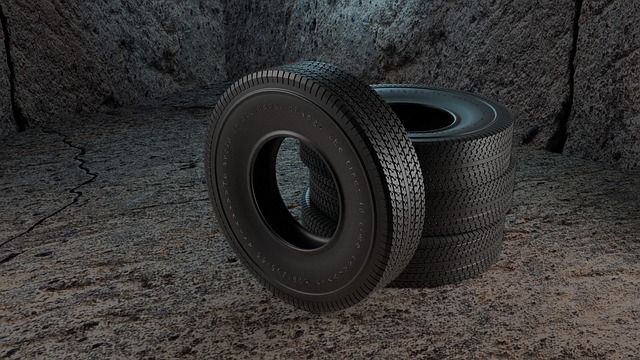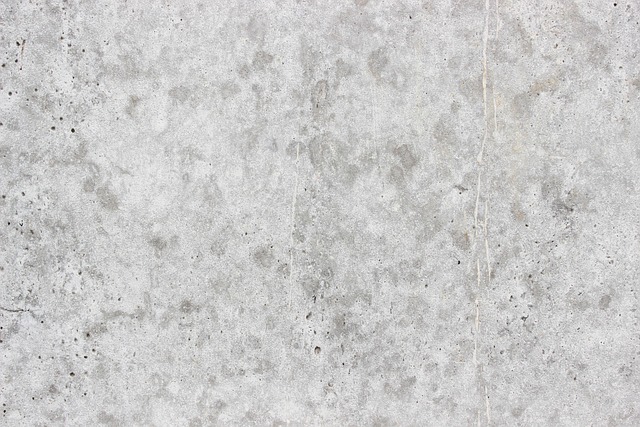Vertical formwork revolutionizes concrete construction for residential and commercial projects, offering unparalleled precision, efficiency, and versatility. This innovative system streamlines mold creation, reduces build times and costs, enhances site accessibility, and ensures superior concrete finish quality with minimal surface treatment. For residential projects, it enables quick turnarounds and minimal disruption while maintaining high-quality results. Commercially, vertical formwork creates dramatic facades, curved glass panels, and sophisticated support structures, aligning with contemporary architectural trends. Specialized concrete contractors provide comprehensive services throughout the project lifecycle, leveraging this technology to cater to diverse client needs.
“Unleashing the potential of modern construction, vertical formwork is transforming the way we build with concrete. This innovative technique offers unprecedented control over complex geometries, making it a game-changer for both residential and commercial projects. In this comprehensive guide, we explore how skilled vertical formwork crews are revolutionizing the concrete industry. From understanding the benefits of this method to delving into the expertise and equipment required, and finally, mastering safety and quality installation practices, discover why professional concrete contractors are indispensable in today’s construction landscape.”
- The Role of Vertical Formwork in Concrete Construction
- – Explanation of vertical formwork and its benefits
- – Use cases for residential and commercial projects
The Role of Vertical Formwork in Concrete Construction

Vertical formwork plays a pivotal role in concrete construction, offering unprecedented precision and efficiency for both residential and commercial projects. This innovative system allows concrete contractors to create complex forms with minimal effort, resulting in superior structural integrity and aesthetic appeal. By utilizing vertical formwork, crews can speed up project timelines, reduce labor costs, and ensure consistent quality across various building dimensions and designs.
For concrete contractors, vertical formwork is a game-changer, enabling them to tackle challenging projects with ease. Whether it’s intricate column formations or slanted wall designs, this technology ensures accurate casting and smooth finishes. This versatility makes vertical formwork indispensable for modern construction, catering to the diverse needs of residential and commercial clients alike.
– Explanation of vertical formwork and its benefits

Vertical formwork is a specialized system used in concrete construction, offering numerous advantages for both residential and commercial projects. This innovative method involves the use of vertical forms or shims to create precise, upright molds for concrete structures. Unlike traditional formwork, which can be time-consuming and labor-intensive, vertical formwork streamlines the process, allowing for faster build times and reduced costs.
For concrete contractors, vertical formwork crews provide a range of benefits. It enhances efficiency by eliminating the need for manual form assembly and disassembly, thus minimizing on-site preparation time. This technique also improves site accessibility as it requires fewer large forms or planks, making it ideal for tight urban spaces. Moreover, vertical formwork ensures superior concrete finish quality, reducing the need for extensive surface treatment after demolding. This method is particularly advantageous in the residential sector, where quick turnaround times and minimal disruption to neighbors are essential, while still delivering high-quality results for commercial projects.
– Use cases for residential and commercial projects

Vertical formwork is a versatile system that has gained popularity among concrete contractors for both residential and commercial projects. Its versatility allows for efficient construction of complex forms, enabling the creation of intricate architectural details in structures like high-rise buildings, bridges, and overpasses. Concrete contractors leverage vertical formwork to achieve seamless integration of reinforced concrete elements, ensuring structural integrity and aesthetic appeal.
In residential settings, vertical formwork can be utilized for building unique design features such as curved walls, custom-shaped balconies, and intricate column patterns. For commercial projects, this technique enhances the exterior aesthetics of buildings with dramatic facades, curved glass panels, and complex support structures, catering to modern architectural trends. Concrete contractors specializing in vertical formwork offer a wide range of services, ensuring efficient project execution from initial planning to final completion.
Vertical formwork has emerged as a game-changer in the concrete construction industry, offering efficient and versatile solutions for both residential and commercial projects. By leveraging specialized crews and innovative techniques, concrete contractors can streamline building processes, enhance structural integrity, and create aesthetically pleasing finishes. This advanced method of formwork not only improves project timelines but also provides a competitive edge to contractors looking to excel in the market. For those seeking reliable concrete services, choosing a team experienced in vertical formwork ensures top-quality results and a successful construction journey.
